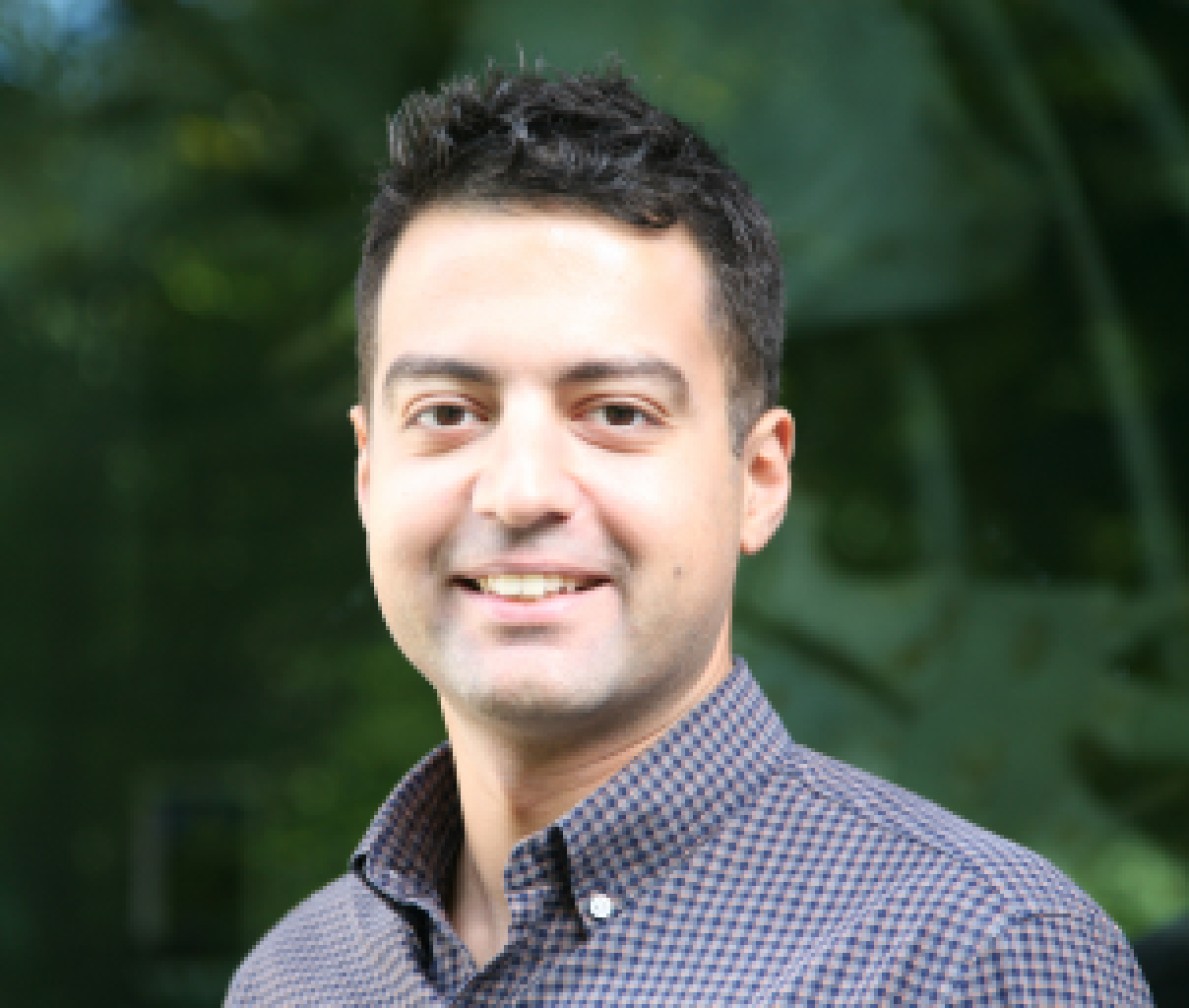
Maxim Prigozhin
Northwest Building 445.20
52 Oxford St
Cambridge, MA 02138
Phone: 617-998-5644
Email: maxim_prigozhin@harvard.edu
Website:
https://projects.iq.harvard.edu/prigozhin/people
Summary
Systems biology is a study of biological networks. I am particularly interested in the aspect of systems biology that uses biophysical methods to study the spatial organization of molecular and cell signaling.
My laboratory plans to develop new biophysical methods to investigate the nanoscale cellular organization of G protein-coupled receptors (GPCRs), which form the largest and the most pharmacologically targeted class of transmembrane receptors in humans.
1. Multicolor electron microscopy: We will develop a method for single-molecule multicolor electron microscopy that uses inorganic nanoparticles as luminescent protein tags. Under excitation by an electron beam, these nanoparticles emit light via a process known as cathodoluminescence. This technology will permit observation of both the cellular ultrastructure and individual proteins with nanoscale resolution in a single experiment. We will use this method to study how cellular membrane ultrastructure controls the compartmentalization of GPCR signaling in complex tissues such as the heart and the brain.
2. Time-resolved cryo-vitrification: Cell signaling involves orchestrated nanoscale motions of proteins and membranes triggered by a stimulus (e.g. addition of a drug). However, nanoscale imaging techniques lack the temporal resolution necessary to observe these motions. To recover this temporal information, we will develop methods that will allow vitrifying biological samples at ultrafast time delays following stimulation for subsequent super-resolved optical and electron imaging. Using these methods, we will elucidate the time course of nanoscale molecular interactions involved in GPCR signaling in cells derived from iPSCs and animal models.
Publications
M. B. Prigozhin, P. C. Maurer, A. M. Courtis, M. D. Wisser N. Liu, C. Siefe, B. Tian, E. Chan, G. Song, S. Fischer, S. Aloni, D. F. Ogletree, E. S. Barnard, L.-M. Joubert, J. Rao, A. P. Alivisatos, R. M. Macfarlane, B. E. Cohen, Y. Cui, J. A. Dionne, and S. Chu. 2019. “Bright sub-20-nm cathodoluminescent nanoprobes for electron microscopy.” Nature Nanotechnology, 14, Pp. 420-425.
M. B. Prigozhin, Y. Zhang, K. Schulten, M. Gruebele, and T. V. Pogorelov. 2019. “Fast pressure-jump all-atom simulations and experiments reveal site-specific protein dehydration-folding dynamics.” Proc. Natl. Acad. Sci. USA, 116, 12, Pp. 5356-5361.
A. J. Wirth, Y. Liu, M. B. Prigozhin, K. Schulten, and M. Gruebele. 2015. “Comparing fast pressure jump and temperature jump protein folding experiments and simulations.” J. Am. Chem. Soc., 137, 22, Pp. 7152-7159.
